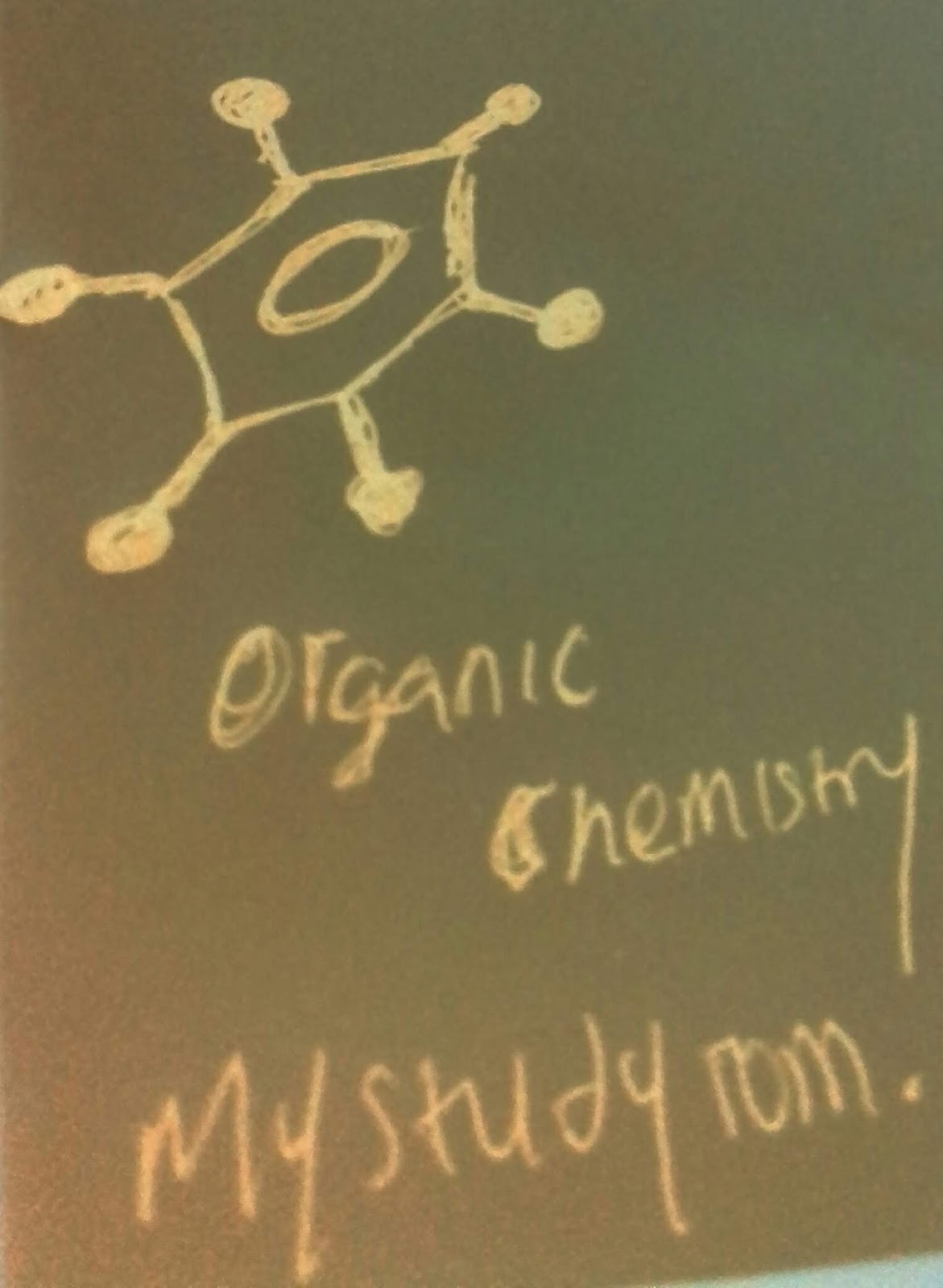Organic chemistry part 3
Hi guys, you're welcome to mystudyrom my name is David.
Hope both the first and second part helped you a lot and if
you are not getting it or feel confused you can use the comment box
below….thanks
Today we will be moving to the next part in the organic chemistry
so feel relaxed and let's ride on….
Now let's continue from where we stopped in our chemistry.
We are going into the alkyne family
today.
The alkyne family:
The alkyne family are unsaturated hydrocarbons with triple
bonds attached to one of the carbons present in the compound.
The alkene family has a general formula of CnH2n-2
So now let's check out the list of compounds present in the
alkyne family.
Starting with Ethyne the first of the family.
For the newbies i guess you will be thinking why is it
ethyne not methyne?
I've explained this in the previous part and I'm still going
to explain it again now maybe you can get it now.
The alkyne starts with ethyne because if we use their
general formula which is CnH2n-2 we won't even get an hydrocarbon, we will only
get carbon because hydrogen here will be zero.
Using their general formula CnH2n-2
Where n=1
C1H2*1-2
C1H2-2
And that is CH0
And this means C (carbon only) with the absence of
H(hydrogen) because hydrogen is now zero.
This is a clear and simple explanation why we don't have
methyne. Hope you're with me? Let's ride on…..
So now the first compound ethyne
Using their general formula CnH2n-2
Where n=2
C2H(2*2)-2
C2H4-2
C2H2
Ethyne
See the structure below'
Another example is propyne
Using their general formula CnH2n-2
Prop C=3 (three carbons is prop)
Where n=3
Then C3H(3*2)-2
C3H6-2
C3H4
propyne
See the structure below
Guys i hope you can solve for the rest using that same
method because that's the easiest method you can use.
So let's check out the characteristics of the alkyne family.
Characteristics of the alkyne Family
• They are unsaturated hydrocarbons
• They consists of triple bonds attached to their chains
• They undergo
addition reaction because of the incomplete number of hydrogen bond attached to
the carbons.
So now let's see how
we can prepare alkynes
Preparation of
alkynes:
Lets prepare ethyne
as an example
From calcium carbide Ca2C
Calcium Carbide reacts with with water to give:
CaC2 + H2O
------> C2H2 + Ca(OH)2
Another method of preparing alkynes are:
Dehydrohalogenation of dihalides:
Using KOH as
catalyst, dibromoethene is Dehydrohalogenated as shown below:
Now lets move into the properties of alkynes
Physical properties
of Alkynes
1. The first three members of the alkyne family are gases
(ethyne, propyne butyne)and while pentyne to Decyne are liquid and the rest
solids.
2. Alkynes have low
melting and boiling points.
Their melting point increases as the number of carbon atoms
increases.
3. Alkynes are
insoluble in water but are soluble in organic solvents such as benzene.
4. Alkynes are
lighter than water. Their densities increase regularly with increase in
molecular mass.
Chemical properties
of alkynes
Hydrogenation:
From this word "hydrogenation" we can easily guess
that it involves hydrogen.
Hydrogenation is the addition of hydrogen to an unsaturated
compound.
Alkyne undergo hydrogenation to form alkanes, this reaction
is also known as an addition reaction. This reaction occurs with the use of
Kmno4 potassium per magnate.
See the reaction
below.
Let's use ethyne as an example :
C2H2 +2H2 ---------> C2H6
ethyne hydrogen ethane
Two out of the triple bond are eliminated.
Why? are you not
thinking so?
The reason is simple. Its simply because these reaction is
an addition reaction.
In addition reaction unsaturated compounds are converted to
saturated compounds which simply implies that double or triple bonds are
removed to give a compound with a single bond.
Check the mechanism in the diagram below:
Halogenation
From the word "halogen" in halogenation we can
deduce that it involves the use of the group vii elements which are fluorine,
chlorine, bromine and iodine.
Halogen reacts with alkyne to form chloroalkanes. To avoid
this long story let's see a reaction on it:
I'm using thesame mechanism I used above:
Hydration:
Hydration is the addition of water to a compound.
So when we add or let me say hydrate an alkyne we get vinyl alcohol.
Vinyl alcohol is
unstable so of can be re written( this is its isomer) as :
They have thesame molecular formula but different structural
formula.
Trimerization:
Tri means three so
from the word trimerization we can guess that we want to triple a compound but
how?
Let me use ethyne as an example, if we trimerize ethyne we
get benzene :
See the reaction in the diagram below:
Question of the day
• if alkyne undergo
addition reaction what will be the final product produced?
• can alkyne undergo
substitution reaction?
Post your answers in the comment section below and you are
also free to ask questions just put your questions in the comment box.
Guys hope it helped.…….. please comment for any question,
guide or help in the comment box below….
see you all in my next post guys…
And please don’t forget to share and also follow to receive
notification as I post new topics…click the follow tab….which is at the
beginning of the page.
Thanks
Holuwarseun…












Comments
Post a Comment